Now that would be a trick (and maybe we'd start eating bananas again).
Making yogurt, or any other cultured dairy product, is as simple as giving beneficial bacteria a nice and warm environment that sets the mood for bacterial sex. Think of it as a honeymoon for lactobacillus delbrueckii and streptococcus salivarius.
What you need:
- Milk - any milk that is not ultra-pasteurized or UHT will work. The milkfat percentage is up to you. Quantity is also up to you. I make mine 1/2 gallon at a time.
- 8-ounce carton of plain yogurt, brought to room temp
- Candy or digital probe thermometer
- Honeymoon suite: cooler, towel, and 1-2 jars filled with boiling water, enough clean jars to hold the milk
This had nothing to do with the yogurt and everything to do with the fact that my neighbor, Kim, was coming over to see how yogurt is made. Ack! Frantic scrubbing!!
Scald some milk by bringing it up to 180 degrees. This kills any bacteria that might be in the milk.
If you scald the milk too much and get a nasty burnt-on brown crust in the bottom of your pan like I did, simply put about 1-2" of water in the pot after you're all done making the yogurt, bring it to a boil on the stovetop and then dump in some baking soda. That will lift the burnt-on ickiness and save you a lot of scrubbing.
Now leave the milk on the counter until it cools to 110 degrees. For my half gallon to cool in that pot in my house, I need about 35-40 minutes.
In the meantime, boil some water. We're making babies here!
Pour the hot water into some jars, put lids on them, and then tuck them away in the towel-lined cooler. Make sure that your jars can handle the hot water. If you're not sure, allow it to cool down a titch before filling the jars.
This is what I like to call "The Barry White Stage". You're setting the mood by heating things up.
Once the milk has cooled to 110, whisk in your yogurt vigorously. After you've made yogurt once, you can use the leftovers from one batch to make the next batch. Just make sure you have about 1/2 a cup or so for next time. And don't get impatient and try to mix in the yogurt before the temp is reduced to 110 - you'll kill all the yogurt culture and wind up with funky-tasting milk. Not good.
Pour your milk/yogurt combo into your clean jars and show them to their honeymoon suite. Put on the "Do not disturb" sign and leave them alone for at least 4 hours.
Do you hear it? Booma chicka wah wah... That's the sound of yogurt being made, yeah baby.
I've found that my yogurt is best when I don't close the cover of the cooler but do cover everything with the towel. I think that closing the cover makes it to hot for the bacteria to get all freaky.
----------
After at least 4 hours, check the jars. Is the yogurt firm or runny? If it's firm, throw it in the fridge. If it's still runny, tuck it back into the cooler for another 2 hours and check later.
What you need to know about homemade yogurt:
- Homemade yogurt is tangier than store-bought stuff.
- It won't be as thick, either.
- Theren's nothing but yogurt in there - no preservatives or stablizers.
- Some whey might separate out. Pour it off or stir it in. It won't hurt you.
- If you don't contaminate the yogurt with a dirty spoon or add anything to the jar like jam or honey, homemade yogurt will last for weeks and weeks.
- Some people add powdered milk to make their yogurt thicker. I've tried it and it doesn't do a thing.
- The more your bacteria reproduce, the thicker and tangier your yogurt will become.
- Sometimes the yogurt just doesn't set. The yogurt culture in there is still alive but it's not as strong. Get a fresh carton of yogurt from the grocery store for your next batch.
I eat my yogurt with homemade granola and use it all the time in cooking.
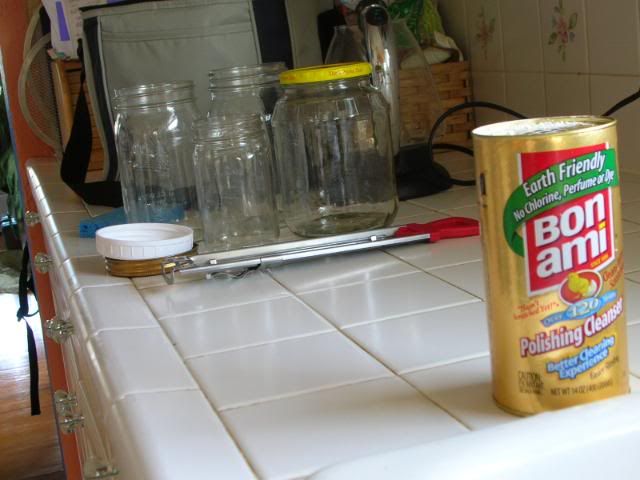
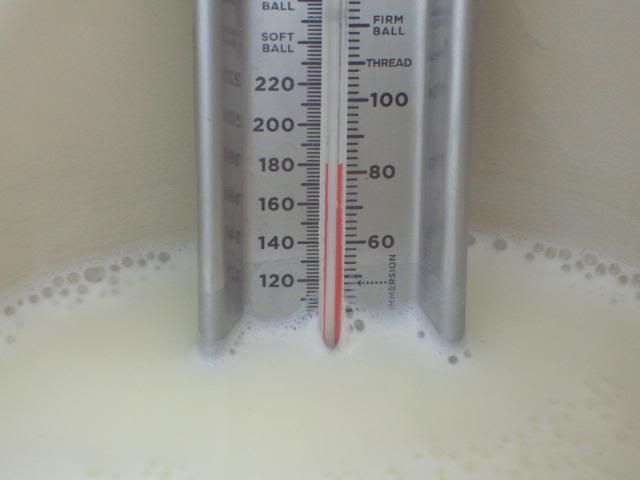
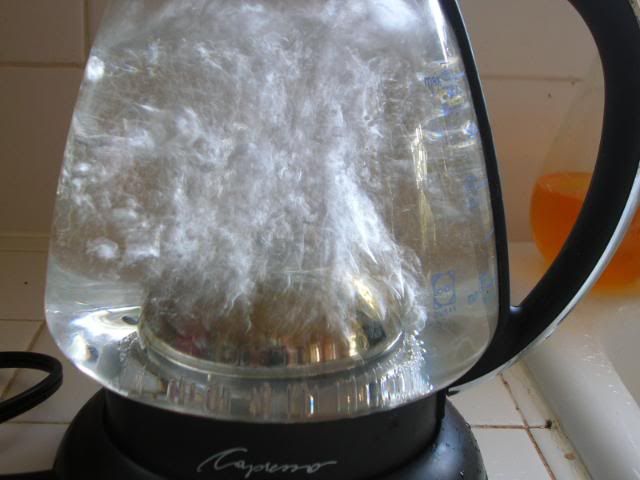
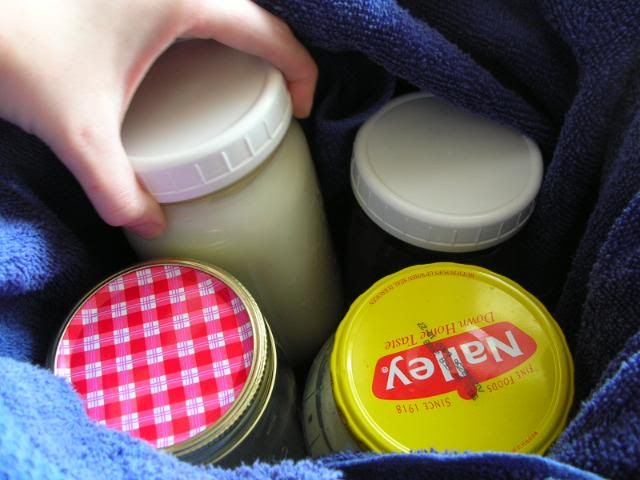
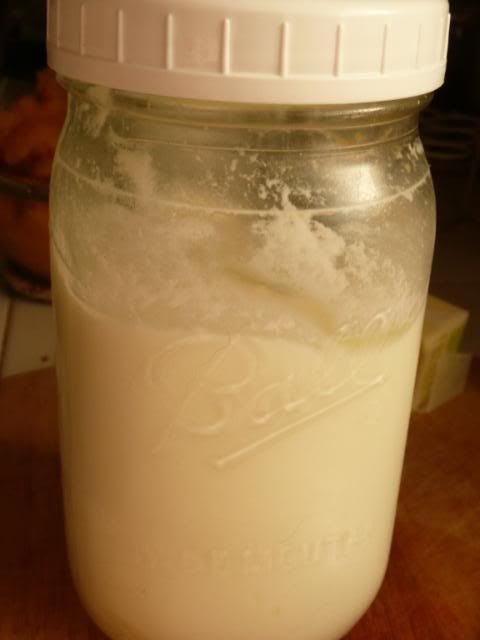
i use low fat milk and find that i get a nicer texture with added powdered milk. Also i make mine in the same pot i boil the milk in,i'm just lazy that way!
ReplyDeletethanks for sharing, its great to see what others do- i might steal your cooler idea- i have been using a cabinet with a vent next to it, but soon the heat will be off and it won't be useful anymore.
I love homemade yogurt. It really is amazing how easy it is. Good tip on baking soda -- I've scalded a pot or two in my time and will definitely use that trick next time. To thicken I sometimes put the finished yogurt in a fine mesh strainer to drain off some of the whey which I think is also known as yogurt cheese (?)
ReplyDeleteMy husband prefers the yogurt with some of the whey drained off. Depending upon how long you leave it, it'll become Greek yogurt (short time) or yogurt cheese (long time).
ReplyDeleteMix yogurt cheese with some roasted garlic, salt, pepper, and herbs of your choice and you've got a fantastically homemade alternative to that expensive Alouette cheese spread.